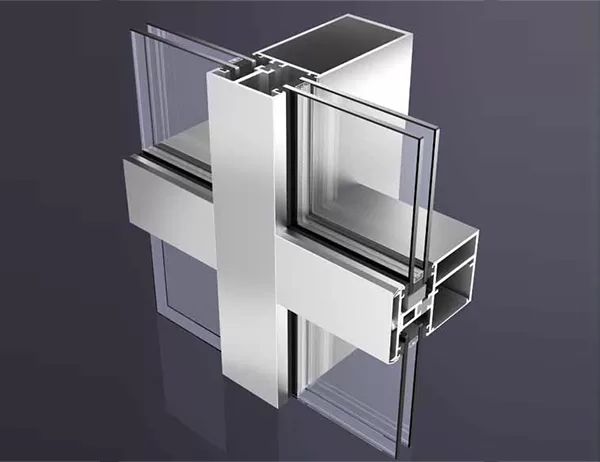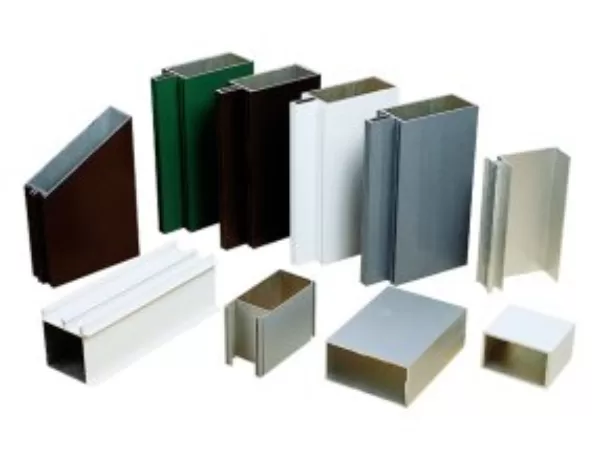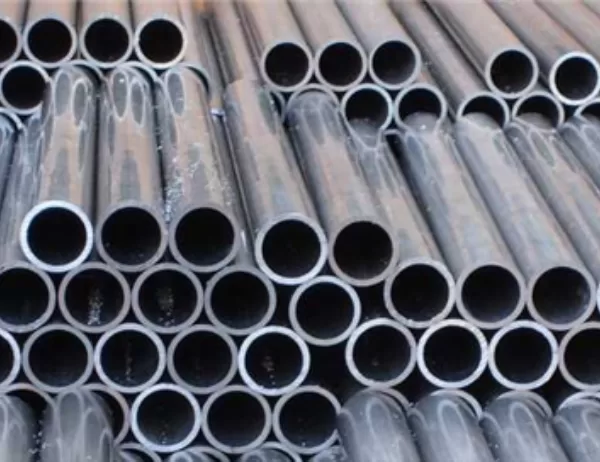Aluminium frames are a crucial component of solar panels, providing structural support and protecting the delicate photovoltaic cells. Understanding the technical specifications of aluminium frames is essential for selecting the right frames for your specific solar installation. This article delves into the key specifications to consider when choosing aluminium frames for solar panels.
Material Composition
The material composition of aluminium frames directly influences their strength, durability, and corrosion resistance. Look for frames made from high-quality aluminium alloys, such as 6000-series alloys or marine-grade aluminium, which offer excellent strength-to-weight ratio and corrosion resistance.
Frame Dimensions
The frame dimensions are critical for matching the frames to the size and weight of the solar panels they will support. Consider the length, width, and depth of the frames, ensuring they are compatible with the dimensions of your panels. Also, pay attention to the thickness of the frame, as it affects the rigidity and load-bearing capacity of the structure.
Weight Capacity
The weight capacity of aluminium frames determines the weight of solar panels they can safely support. Frames with higher weight capacities can accommodate larger and heavier panels, while frames with lower weight capacities are suitable for smaller and lighter panels. Determine the total weight of the panels to be installed and select frames that exceed that weight by a reasonable margin.
Corrosion Resistance
Aluminium frames are exposed to harsh outdoor environments, making corrosion resistance a crucial factor. Look for frames treated with corrosion-resistant coatings, such as anodized or powder-coated surfaces. These coatings protect the aluminium from oxidation and degradation, extending the lifespan of the frames and ensuring their integrity in harsh conditions.
Wind Load Resistance
Solar panels are often installed in areas exposed to strong winds. The wind load resistance of aluminium frames determines their ability to withstand wind forces without structural damage. Choose frames with high wind load ratings that meet the building codes and regulations for your location. Adequate wind resistance ensures the stability and safety of the solar installation.
Mounting Options
The mounting options of aluminium frames determine how the frames are attached to the roof or ground mounting system. Consider the different attachment points and the hardware required for the installation. Choose frames that provide secure and easy mounting methods, ensuring the solar panels are firmly fastened and stable in place.
Aesthetics
While functionality is paramount, aesthetics can also play a role in choosing aluminium frames. Frames come in various colours and finishes, allowing you to match them with the design of your building or surroundings. Consider the overall appearance of the frames and select those that complement the style and colour scheme of your property.
Conclusion
Understanding the technical specifications of aluminium frames for solar panels is crucial for making an informed decision and selecting the right frames for your specific installation. By considering factors such as material composition, frame dimensions, weight capacity, corrosion resistance, wind load resistance, mounting options, and aesthetics, you can ensure the optimal performance and long-term reliability of your solar panels.




